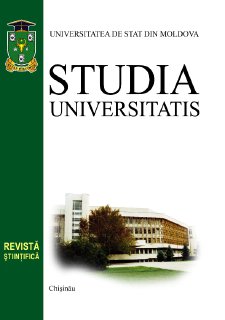NEMATODES ASSOCIATED WITH DECORATIVE PLANTS SPECIES SCHLUMBERGERA TRUNCATA
Olesea GLIGA, Maria MELNIC Institute of Zoology
Abstract
Most decorative plants are susceptible to phytonematodes and this association results in symptoms that compromise the plants commercial value. Were investigated potted epiphytic plants of the species Schlumbergera truncata (Haw.) Moran, 1953, family Cactaceae, with obvious symptoms of disease. As a rsult, at the decorative room plants Schlumbergera truncata with external symptoms of disease, in the rhizosphere area, an outbreak of parasitic nematodes (180-210 individuals/100 cm3 of soil), saprophytic (950-1120 individuals/100 cm3 of soil), enchitraeids (45-50 individuals/100 cm3 of soil) and microorganisms associated with these, were detected. It has been determined that the cause of wilting and drying of room decorative plants species Schlumbergera truncata are root ectoparasitic nematodes from the families Hoplolaimidae and Telotylenchidae, followed by saprophytic species, most of them being from the family Cephalobidae. Remains of putrefied vegetal tissue of plant roots attracted species from the family Enchytraeidae genus. As a result of the associated parasitism, the underground stem and the root of plants are completely deformed, in the process of putrefaction, which led to the total wilting of the plants. Keywords: nematodes, parasitic, saprophytic, association, decorative plants.


